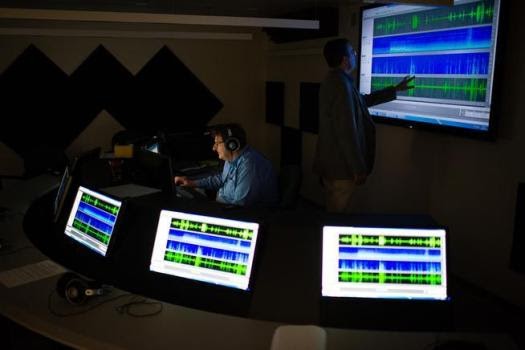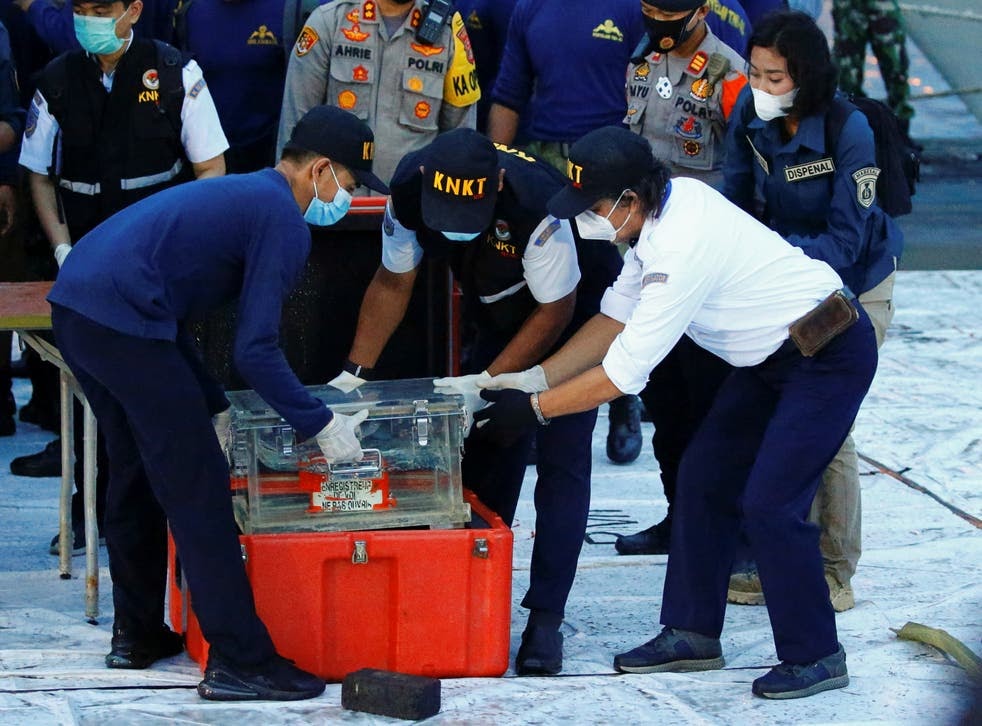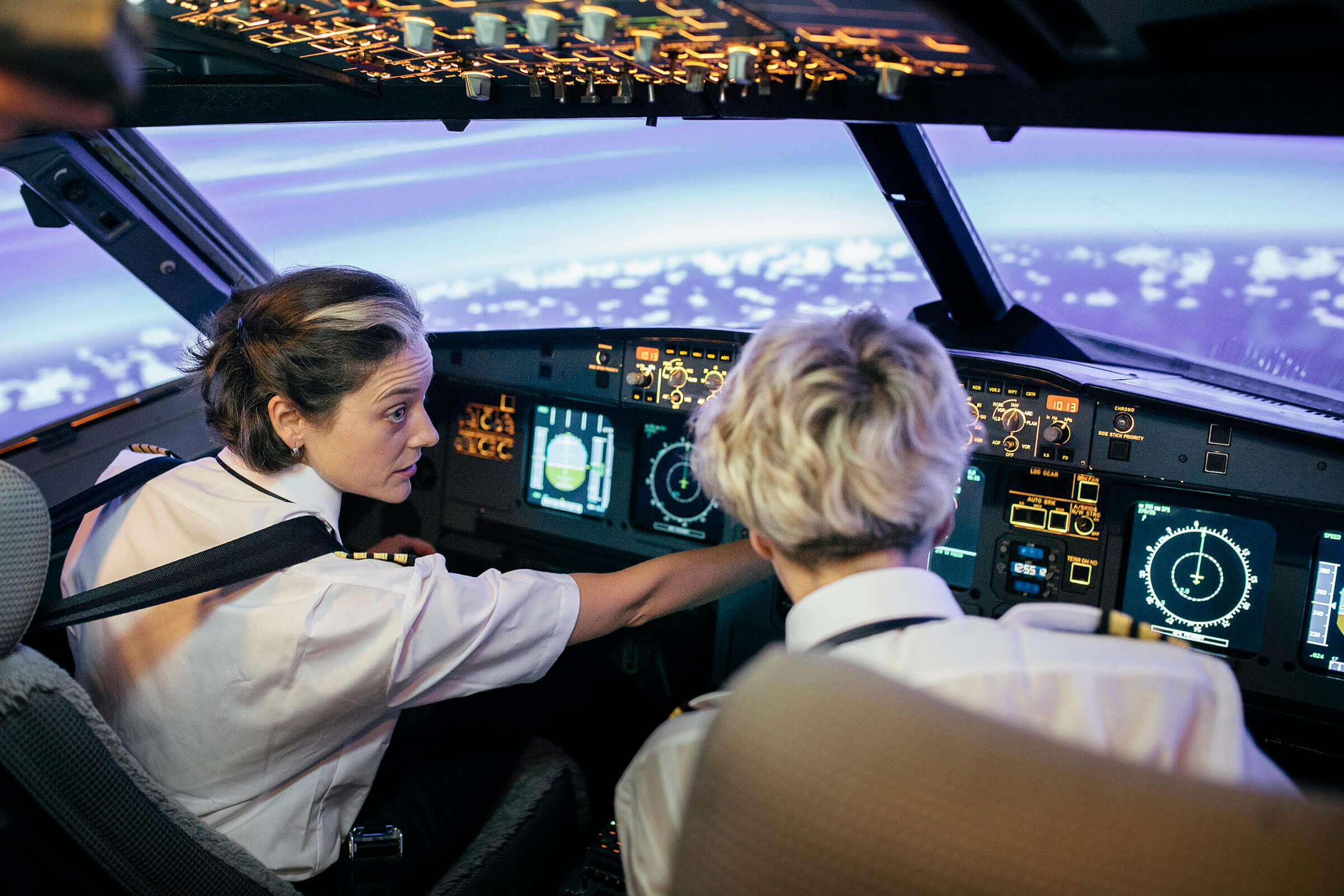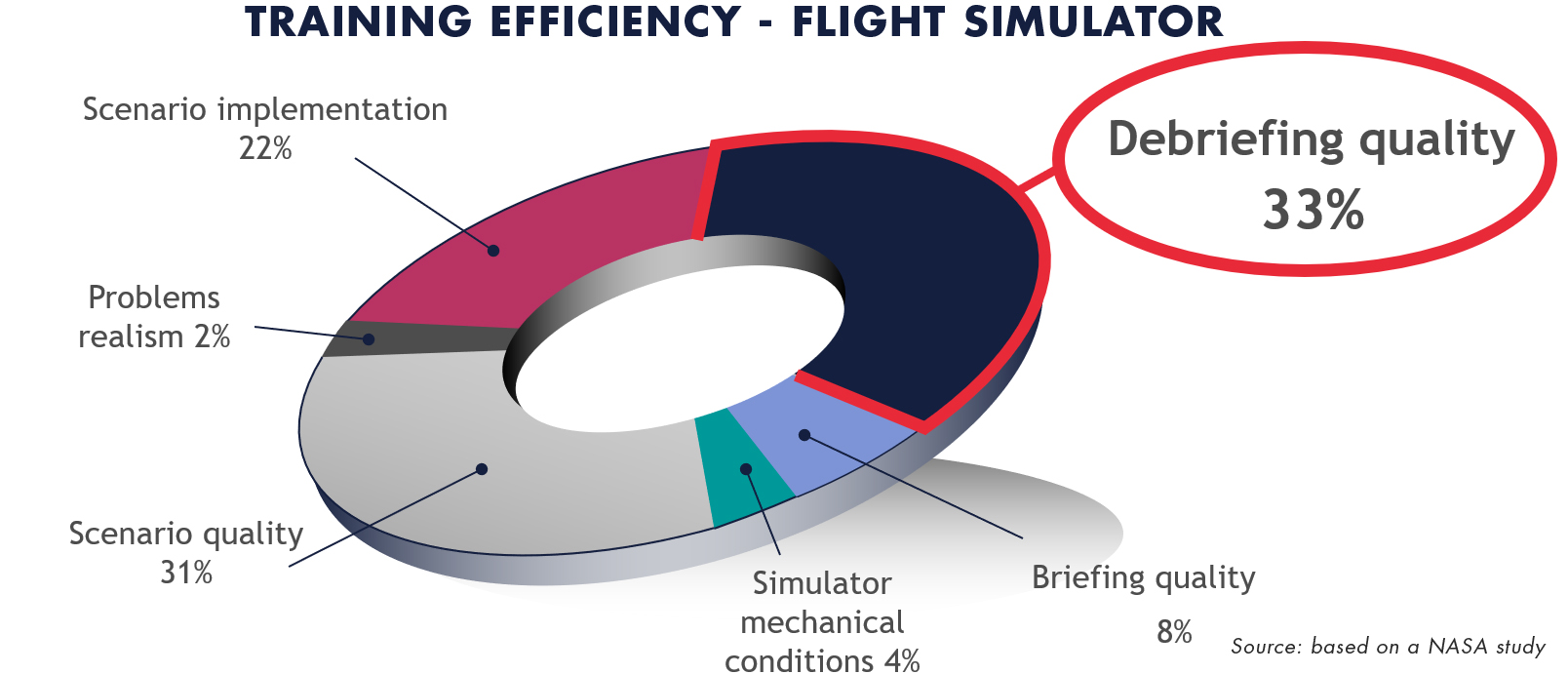Aviation Advancements
NTSB accident investigtor speaks to reporters on MA plane crash, The Eagle Tribune.
Communication Improvements
In Outliers, author Malcolm Gladwell spends time discussing plane crashes and flight crew communication. Gladwell explains that through the use of flight recorders, mistakes leading up to plane crashes were identified and analyzed, and the resulting information could be used to prevent further accidents. According to Gladwell, it takes approximately seven errors for a plane to crash. Through the use of black boxes, communication between the crew and pilot could be used to determine how these errors happened. In one instance detailed by Gladwell, the cultural norm of a given nation was to refrain from pointing out mistakes of a superior. In this instance, the silence of the flight crew caused the plane to crash. Black box recordings can be used during training to prevent accidents such as these, and can completely change the conversation dynamic of the crew.

NTSB investigators analyzing flight memory data, Washington Post.
Black boxes allow us to see what happened to lead up to a crash, whether it was a system failure or miscommunication, and this data is used to make advancements in technologies and improve the quality of training. Today, aviation training involves computer graphics to mimic a plane crash, thoroughly preparing future flight crew members. Since black boxes record crew conversations, radio transmissions, alarms, noise from the engine, control movements, and any other noises, much can be learned to prevent future incidents. By recording cockpit data, issues with systems or human errors can be identified and prevented in the future during training. Black boxes effectively communicate with analysts upon being found, detailing the otherwise unknown events that led up to the accident.

National Transportation Safety Committee retrieving a black box from a crashed flight, Deutsche Welle.
Additional Advancements
Another way in which black boxes promote communication is through debriefing sessions. Digital flight recorders are often included in small, non-commercial aircrafts to aid in training. Upon landing, a trainee will often debrief with their instructor, reviewing and analyzing the data from flight recorders to improve performance for next time and address concerns. In this way, as mentioned by Brazy, digital flight recorders promote communication on a smaller scale.

Pilots communicating, Purdue.

Distribution of effectiveness of traning, CEFA Aviation.
Flight recorders improve aviation protocols as well. Even in cases where an accident does not occur, concerns voiced by the flight crew will promote conversation that may change current flight routes or encourage the development of more efficient technology. In these cases, communication from the flight crew drives communication in flight debriefing, ultimately making flying more efficient.
Click the video below to watch highlights from our interview with Doug Brazy from the National Transportation Safety Board.

3D reconstructions to aid in training, Adams, Flight Safety Foundaton.
“Looking at all that information becomes part of the debrief from the flight lesson. So when a pilot and instructor are looking at the information, that’s forcing them to communicate about it. Airplane Owners and Pilots Association is one very large group that has an entire training department and one of the things that they do is they look for incidents and accidents where they think pilots can learn from, and they create 3D reconstructions and animations of what happened” (Brazy).
“We do not learn from experience only. We learn from reflecting on experience.”
~ John Dewey